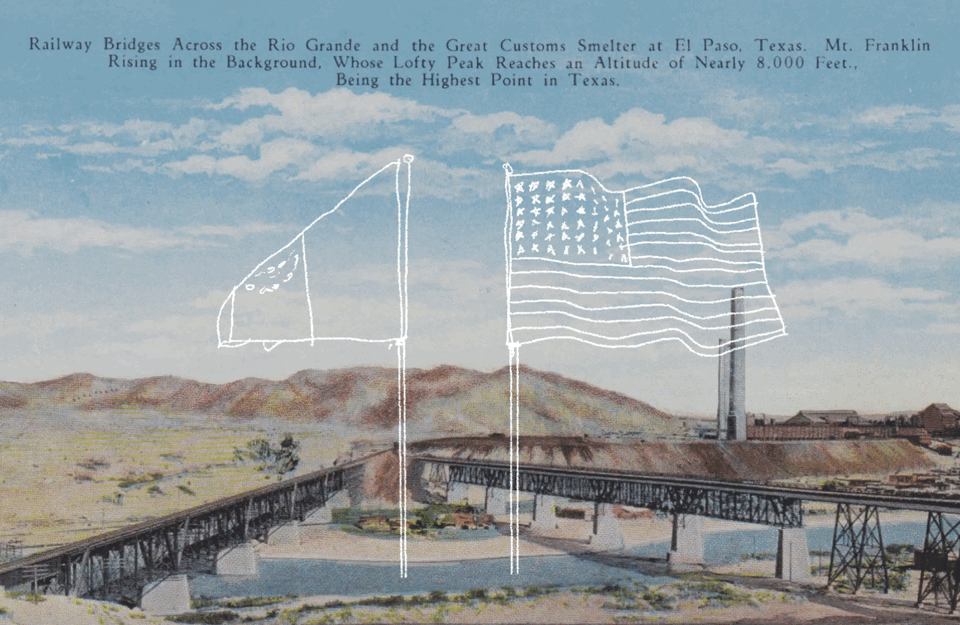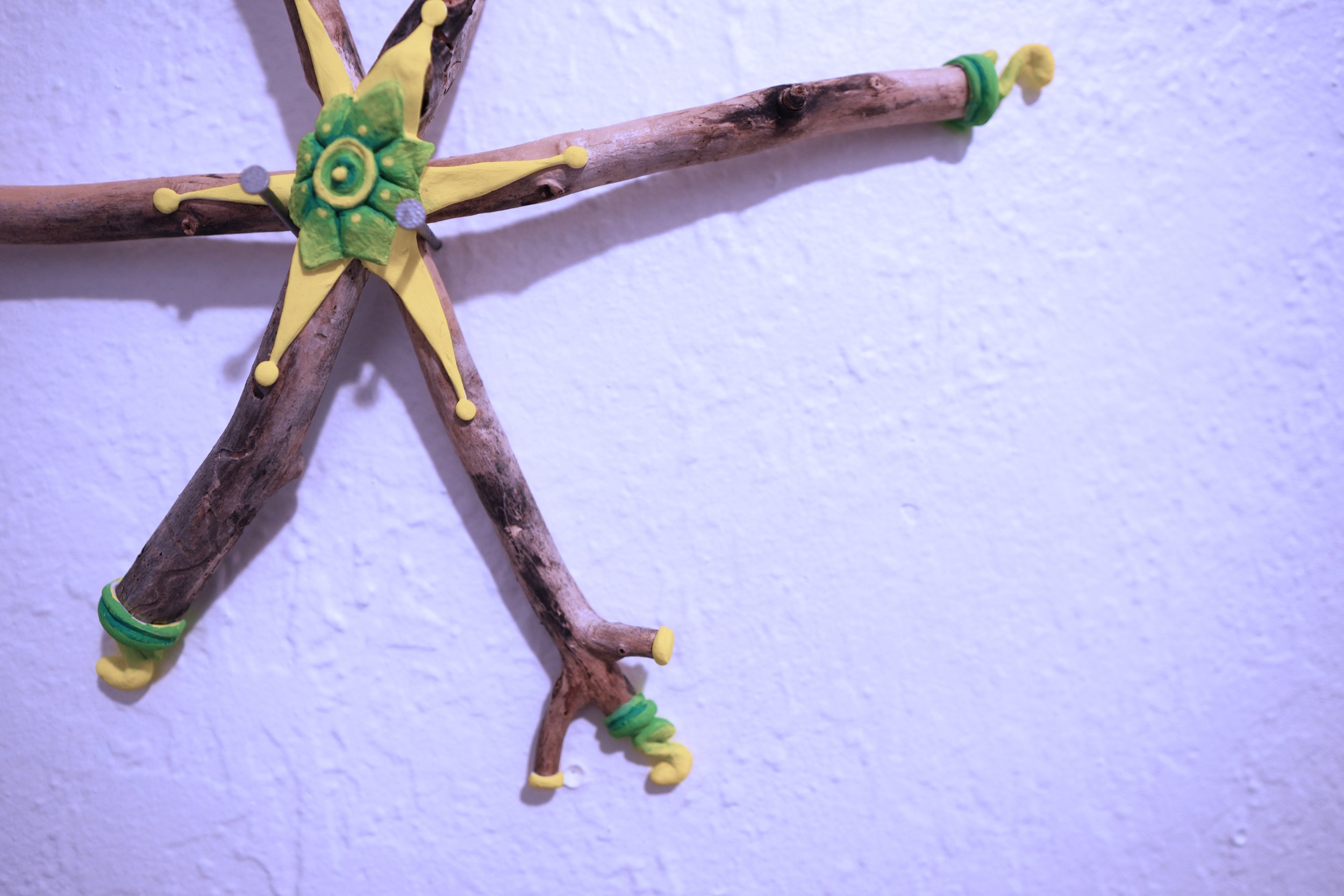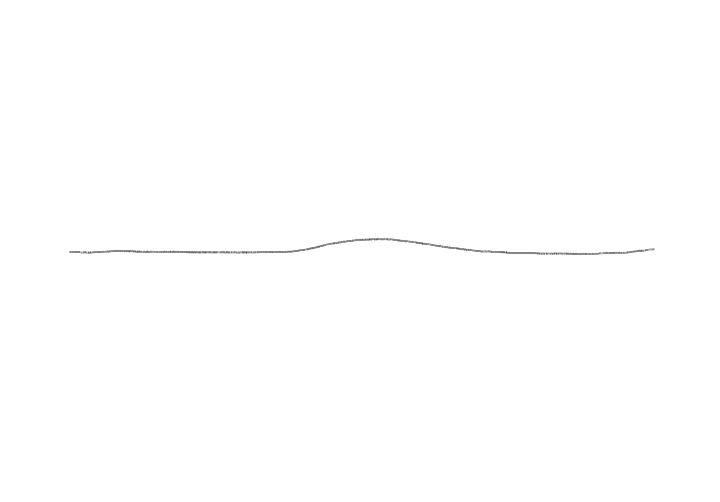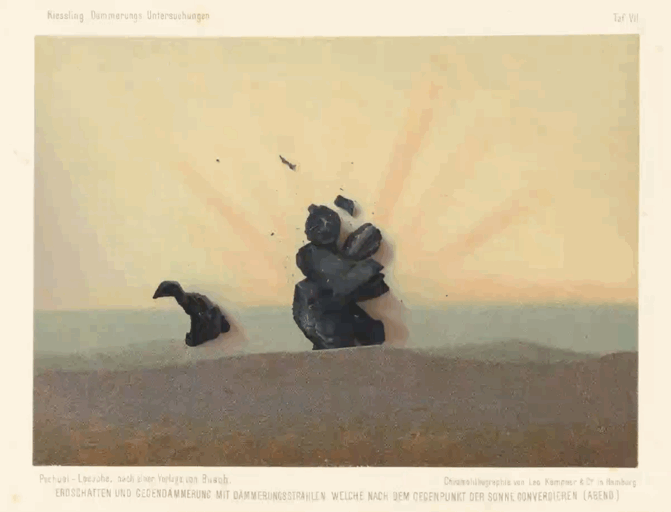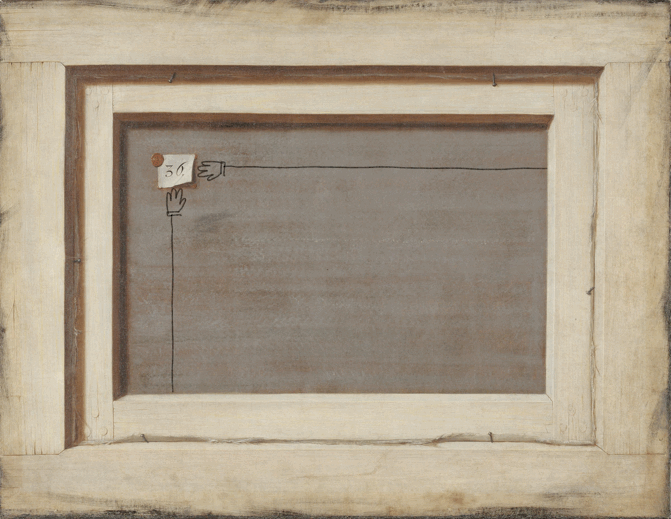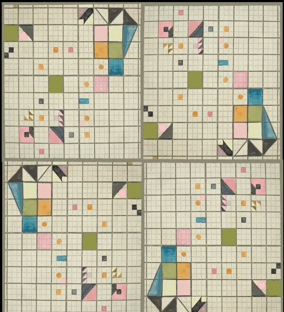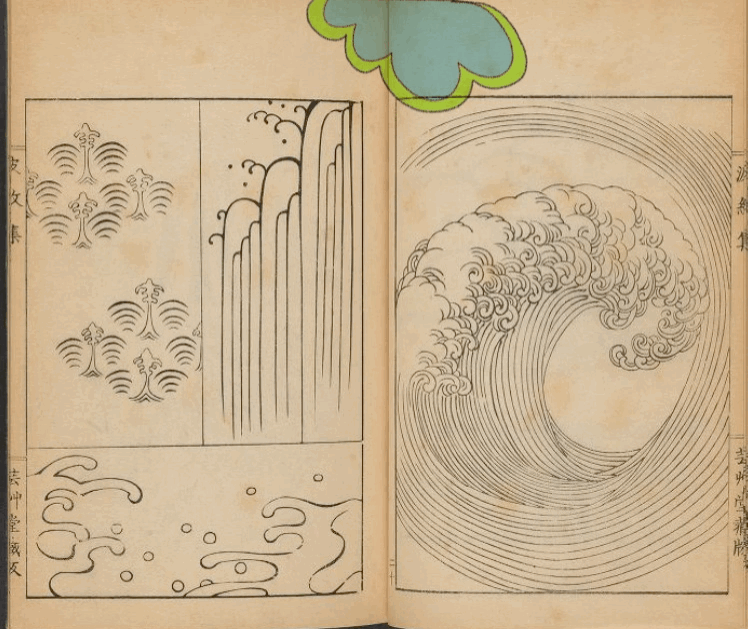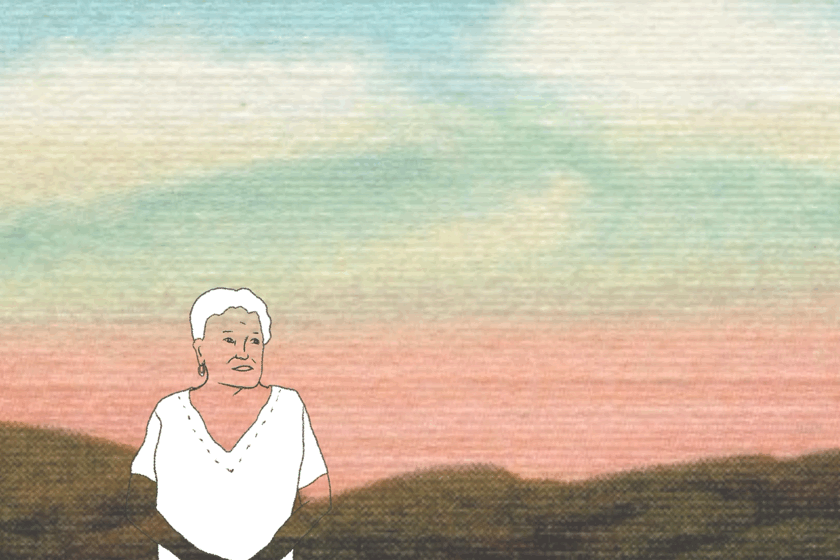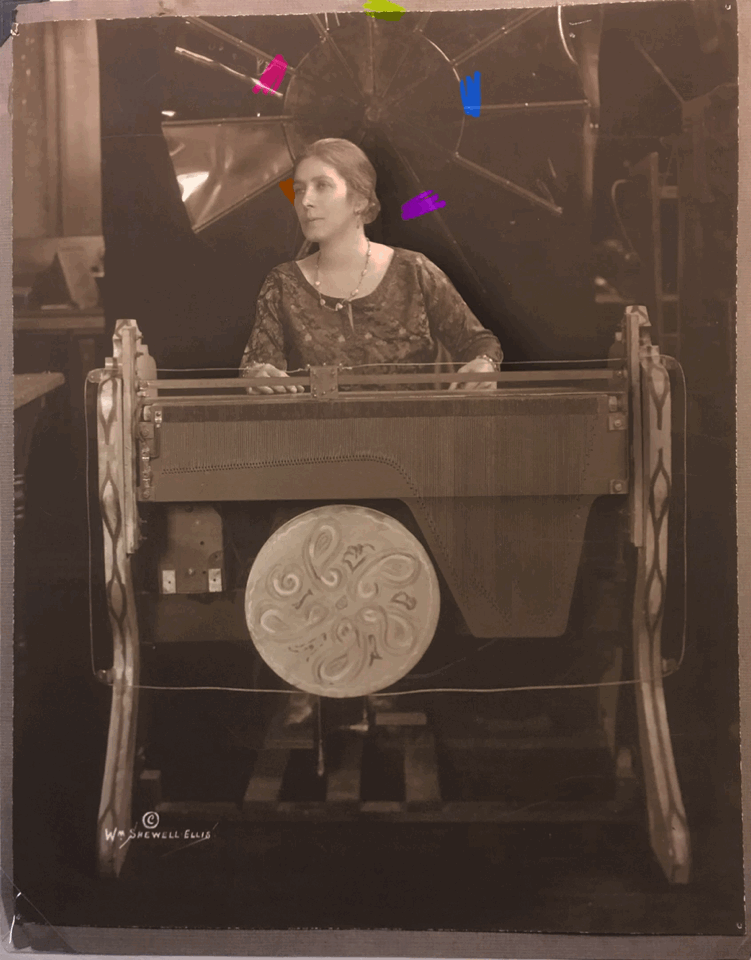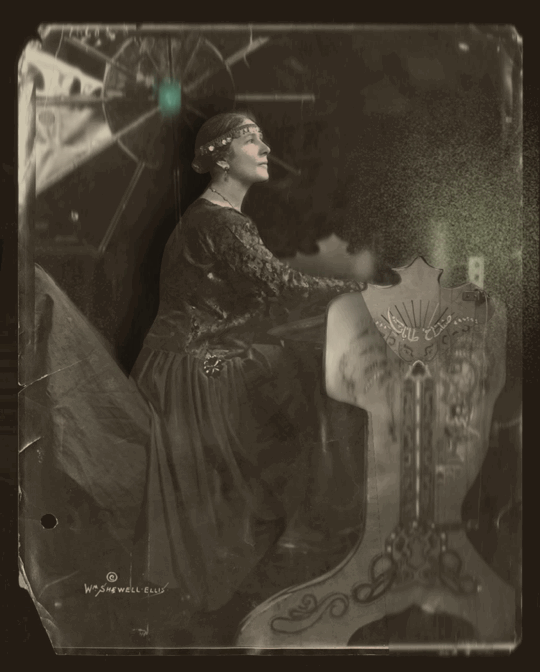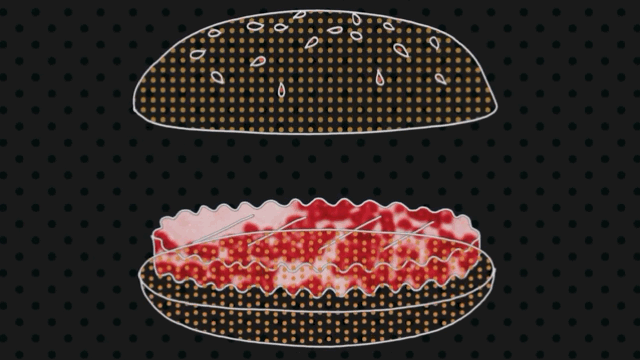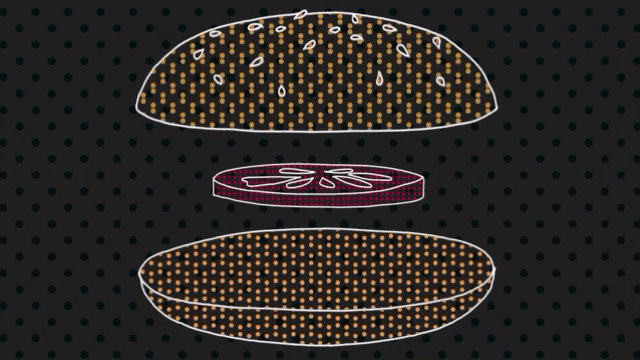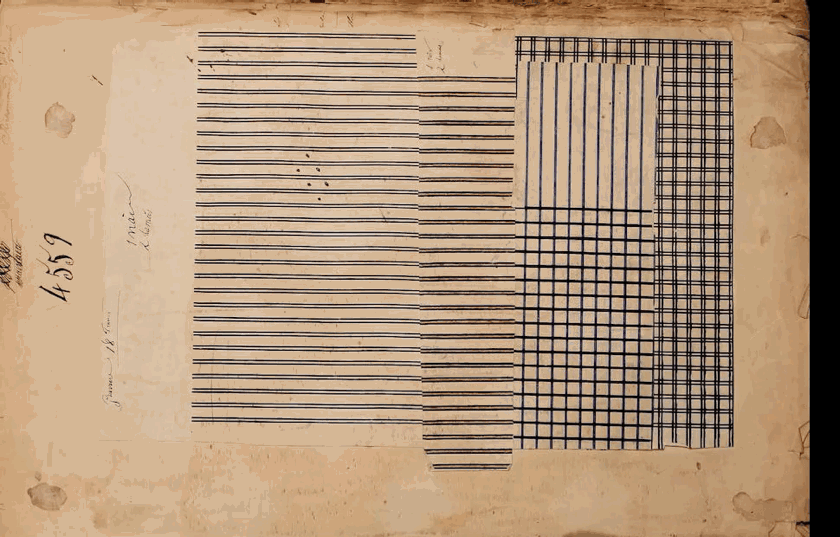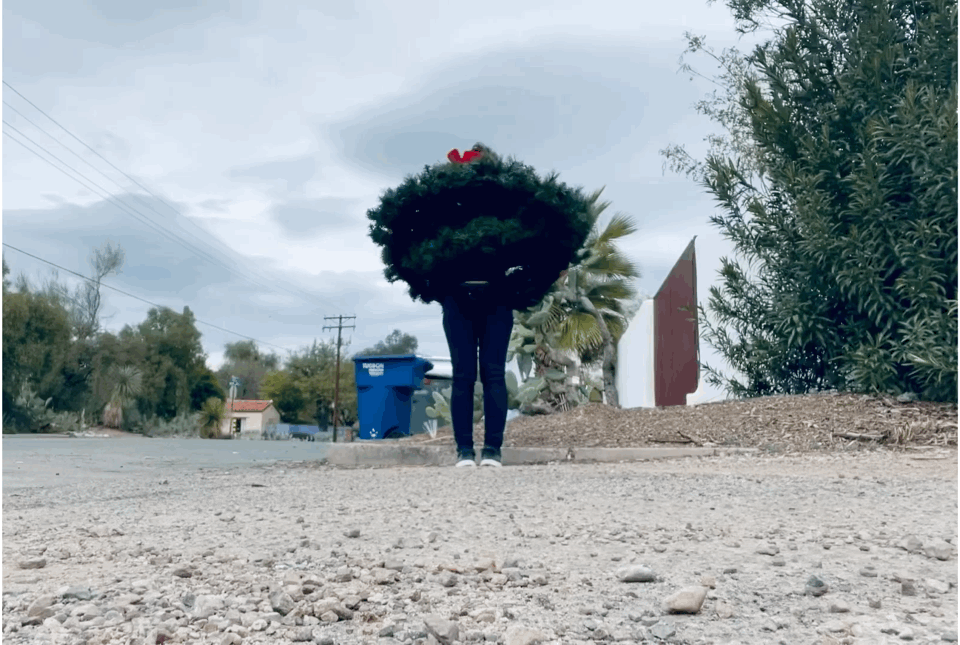“Over Story” Solo Exhibition January 2024 Galería Cinco Puntos, El Paso, Texas
The title Over Story (or tree canopy) refers to the Cottonwood (trees endemic to rivers in the Southwest) reformulated into sculptural works. The wood was found,
harvested, or more descriptively, stolen from public lands in the riparian zone of the Santa Cruz River, a river that perennially flows both south crossing the border
near Nogales, Arizona then north, crosses back from Nogales, Sonora. The “river with two names”or the Rio Grande/Río Bravo is the way I refer to this
contested river. This is the river that I’ve known and learned from since childhood. I always use both names; never one without the other. This is my way of insisting
on the orientation from the vantage point of who is looking at the river. I want the sound of the two names to disrupt the dominant use of the river as a segment of
the International border. This is incorrect though. The river has historically been referred to by many different names depending on who has encountered or
occupied this landscape. .
This installation meandering stories of the Tó Baʼáadi, (Navajo) "Female River", P’osoge, (Tewa/Pueblo) "Big River," River of May (British), Rio De Nuestra Señora,
River Tiguex (Pueblo), Río Turbio, Río Guadalquivir, Rio Bravo, Rio Grande (Spanish) by evoking its past, present, and speculative future.
100 Partially Obscured Views/100 Vistas Parcialmente Oscurecidas (2015-2023)
Border Biennial at The El Paso Museum of Art
Curator: Claudia S. Preza M.A., EPMA Assistant Curator, alongside curatorial advisors Edgar Picazo Merino and Jazmín Ontiveros Harvey.
Museo de Artes de Ciudad Juárez, Mexico (MACJ)
Official selection of 26th annual Antimatter [Media Art], October 19 to 29, 2023 in Victoria, BC, Canada.
Official selection of AM Docs Film Festival, Palm Springs, California
The Arizona Biennial 2023 at the Tucson Museum of Art
Curator: Taína Caragol
Biophilia, Texcoco and Oaxaca, Mexico
Soft premiereCentral School Project, Bisbee, AZ(2022)
Cornell Cinema (X)trACTION Program(2022)
Arsenal Berlin (X)trACTION Program(2022)
Rio Grande Theater, Las Cruces, New Mexico in conjunction withIcons and Symbols of the Borderland, curated by Diana Molina (September 2022)
Official selection Lunenburg Doc Fest, Lunenburg Nova Scotia Canada
Official selection Oaxaca Film Festival, Oaxaca, Mexico
Above: Looping animations from 100 Partially Obscured Views/100 Vistas Parcialmente Oscurecidas (2015-2023)
I am not Fronteriza, but I come from border people.
Derivative of the place name “Aintab” also called “Gaziantep,” a border city across from Aleppo in Northern Syria, my surname, “Antebi,” is rooted in borderism. This complexity of identity rooted in place is part of my family history, my name, and ultimately, my relationship to the Mexico/United States border. In recent years both borderlands have taken center stage in the dehumanizing treatment of political and climate refugees. This film has a lot to do with bearing witness when the gaze is obscured.
I was raised in the borderlands of El Paso and Ciudad Juárez. In the years since I graduated from high school in 1993, I watched the two cities, that once shared the same name and continue to share community, become increasingly dissected by federal political, social, economic, and environmental policies designed to obstruct the movement of people, culture, and the river with two names.
In 2015 I received a generous film/video grant from the Jerome Foundation which initiated the production of this film. I knew that I wanted to trace the roots of colonial treaties, policies, and personal history to better understand this contemporary moment.
In my work I have returned to the postcard as an object, an indexical document—that is almost always out of sync or time or tone with the moment at hand, as well, a type of open letter. When I began this project I purchased a vintage linen postcard on eBay of the Franklin Mountains with the caption “The most lettered mountain in the world.” This unencumbered image of the blocky letters assembled from painted rocks scattered across the mountain, the backdrop of my young adulthood, got me thinking about the graphic language of the mountains that comprised El Paso Del Norte/The Pass of the North.
I began collecting more vintage postcards from the late 19th century through the early 1970s. The accumulation of these images were a way to track perspectives and changing notions of when and how the border was constructed and what constitutes a monumental image meant to entice tourists to visit these places. The postcards also enabled me to respond, reflect, and interrogate the question of "what and for whom is a monument" and “how can monuments or monumentality also double as memorials?”
Gloria Anzaldúa, the renowned scholar, poet, auto historian, and the first academic to broach the topic of border theory, uses the Nahuatl word Nepantla to talk about the liminal space of binaries (geographic, cultural, gender, language, etc.) or in-betweenness. This space of transition or transgression or morphing offering the possibility of new-hybridizations and meaningful bridges similarly to the way in which an animation is formed by creating continuity between frames (also called in-betweens). I also acknowledge the construction of borders is the very conditions that make Anzaldúa's person and work possible. And similarly the space between frames is the very place where the persistence of vision occurs and connects and activates the continuity of two separate places.
Two constraints informed my process in assembling this film. One was the idea of a film entirely composed of transitions—the basis for the first half of the film. And the second constraint was only to collaborate with people from the borderlands region. In the process of collecting hundreds of iconic postcards from El Paso/Juárez, I discovered that my childhood friend, Claudia Muñoz Helming 's abuelito, Roberto López Díaz, authored the majority of tarjeta postales between 1950-1980 and as such became Chihuahua's most prominent postcard maker in Juárez, Chihuahua, and Mexico, and possibly one of Mexico’s premiere documentarians.
El Paso and Juárez share history, share people, share each other's gaze, their differences are constructed by imperialist treaties and policies, and obstructions that insist on their difference.
Meander Story/La Historia de los Meandros (2023) funded by Alabama Contemporary Art Center collaboration with Las Polígonas (Ingrid Leyva, Celina Galicia, and Sonia Rayka) This project represents a new iteration of Antebi’s original animated essay for Bloomberg News Mapping a Restless River at The US/MX Border published in 2019
Line Becomes (2020-2023)
Public Domain Review Interventions (2018-2023) Charcoal Studies on Twilight Phenomena after Krakatoa 1888 and 2020. Animated stop motion sequence using charcoal gleaned from the fires I made in 2020
Public Domain Review Interventions (2018-2023)
From “The City I Love is Destroying Itself” Longreads animated interview with El Paso historian, David Dorado Romo about Barrio Duranguito (2017)
In 2021 was commissioned by the American Museum of Natural History and the City of New York to animate and illustrate four episodes of a Covid-19 explainer to provide an educational and visually friendly series accessible to a diverse and inter-generational audience. The four-part series was unique in that it introduced zoonotic virus transmission and illustrated the way in which deforestation and extreme climate events create favorable conditions for viruses tospread. The series was translated into Mandarin and Spanish and has been recognized with a 2023 Anthem Award. Inspiration from Eames Studio “Powers of 10” (right)
From “Industrial Light and Magic” for Topic Magazine about Mary Hallock Greenewalt
Book trailer clips from Megan Rosenbloom’s Dark Archives: A Librarian's Investigation into the Science and History of Books Bound in Human Skin (2020) FSG Press
Book trailer clips from Benjamin Alden Wurgaft’s Meat Planet: Artificial Flesh and the Future of Food (2020) University of California Press
Title sequence for JUST BROWSING.
written and directed by Joanne McNeil. cinematography, editing, and motion graphics by Nicole Antebi. music by Vince Clarke. Made through support from the Thoma Foundation
Animated loops from I Offer You , a collaboration with Melissa Grey & David Morneau, the work was produced fo a multilingual poetry reading series that encourage varying interpretations of the same poems in different languages and disciplines. Brooklyn Art Library Curated by Tansy Xiaowith – performed at Brooklyn Art Library 2018
Animating the World, Gestures for a Plague Season or Goodbye Earthworks (2020-2023) is a series of over one hundred small looping mostly black and white performance films each under one minute.
I am an animator, interested in movement, loops and cycles as allegories for time and animism in relationship to the natural world. In 2020, while living alone in the woods of northern New York, I began to develop a series of gestures and language for understanding my surroundings and resurrecting cast off organic material in energetic ways. The films ritualize a practice of marking time, space, and movement and an embodiment of words like “weight” and “gravity” in reference to the state of the world and the heaviness with which I've begun to consider what my place is in this damaged world.
Eye Candy (2015) and other animated loops outside of the above categories.




